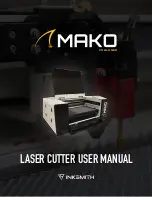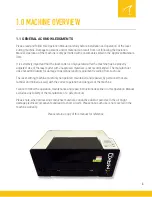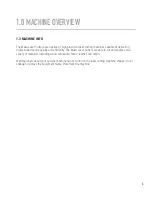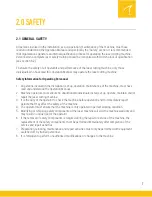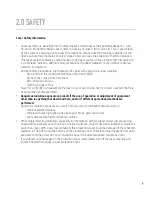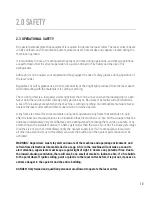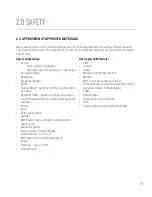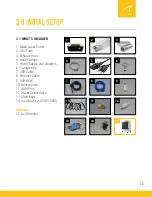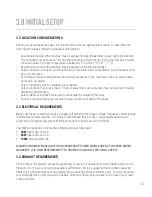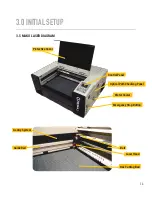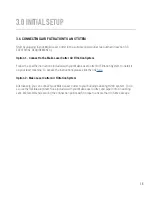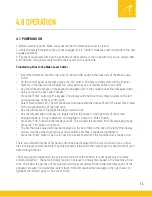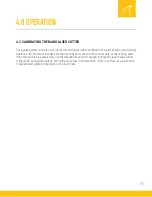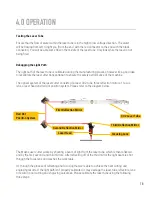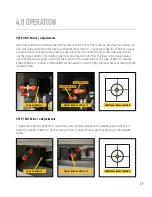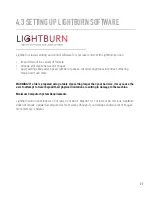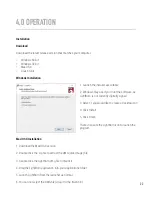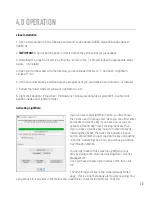
2.0 SAFETY
2.2 LASER SAFETY PRECAUTIONS
The Mako Laser Cutter contains a powerful CO2 laser tube, which is used to cut, etch and engrave
materials on its cutting bed. Once focused, our lowest wattage laser, has sufficient power to vaporize up
to 6mm of plywood in a single pass. Our laser cutters are very powerful machines and should be treated
as such.
For this reason, there are interlocks in place to prevent injury by shutting off the power to the
laser whenever the interlocking cover is in the open position. With the cover closed, the machine
is considered a class 2 laser (lowest hazard level), as any active beam is fully enclosed. This is a
classification that requires no special safety considerations.
WARNING: It is not only dangerous and irresponsible to over-ride or undermine a safety interlock
system, it is also an offense under the Occupational Health and Safety Act.
While the laser cutter’s power is 100% contained within the machine during normal usage, it is possible,
through the use of keys that open access panels on the side of the machine, for users to become
exposed to the laser beam or radiation scattered from it. Your laser cutter’s keys should be kept in a
secure location during normal laser use and should never be accessed by untrained personnel.
As with all types of radiation, the extent of damage to human tissue is a result of the wavelength, the
flux (the amount of radiation impacting each square meter of tissue) and the duration of the exposure.
It is impossible to visually detect, and thereby limit, exposure of infrared radiation as it is invisible to the
human eye. As such, the first indication of exposure to a CO2 laser beam would be the identification
of damaged tissues. Should this tissue be a cornea or retina, the damage could be permanent and
debilitating.
A ny potential of damage to tissue is 0% when operating the laser cutter as it is intended to be used.
Risk is only from improper use, such as if the laser cutter is operating while the interlockign door is
open, if the interlock switch or key on the main door is damaged or disabled, if the safety interlock
system has been illegally overridden, or if the access panels on the side of the machine are open while
operating.
The beam should never be operated while the interlocking door is open, or if the interlock switch or key
on the main door is damaged or disabled in any way.
8

